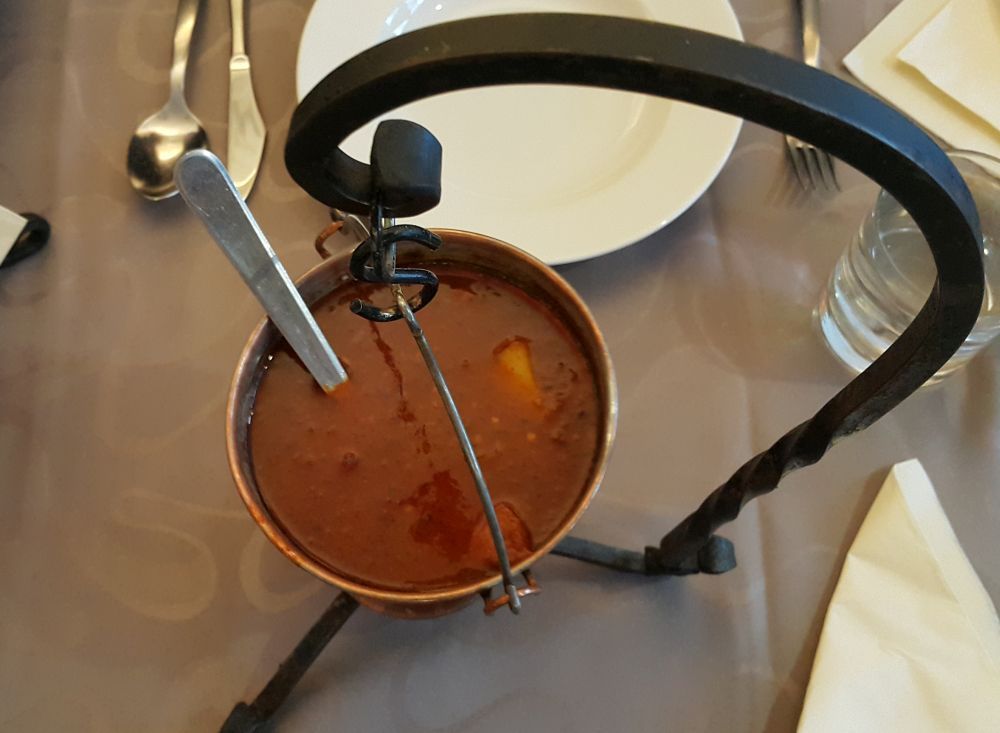December 11, 2018
Prekmurje (literally meaning “on the other side of the Mura River”) is situated in the upmost eastern part of Slovenia at the beginning of the Pannonian basin, and is one of the most fertile regions in the country. So, If you and your camera have been searching for a sunflower field, that is the region to look for it.
Ethnically, the region is a mix of Slovenian, Hungarian and Croatian cultural influences. The remote positioning of the region, away from the political centres, allowed Protestantism to survive the Counter-Reformation, while up to the beginning of the Second World War the local Jewish population found refuge from the rising anti-Semitism in Europe. Unfortunately, only a few Jews managed to survive the war, and the only remaining Jewish cemetery in Slovenia can be found in Dolga vas by Lendava. Prekmurje is also home to the largest Roma group in Slovenia, which has also had an important influence on the area’s cuisine.
The region continues to suffer economically, with one of the largest unemployment rates in the country, a fact that also translates into the culinary habits of its residents. The traditional understanding of vegetarianism in the context of a poor Slovenian farmer should be taken in the context of “forced” vegetarianism associated with poverty and malnutrition, in which occasional slaughtering of a pig presented a welcome opportunity for many to actually eat until they were full from time to time. And that’s what cuisine is all about – the food of the rich, not the poor, and if you were rich in Prekmurje or elsewhere in Slovenia, that meant meat on your plate, most often pork, with beef far less common in the past than it is today.
Bograč is a one-pot dish that reminds us of goulash and has to contain three sorts of meat, the same amount of onions as there is meat, along with paprika, potatoes, chili and wine. The rest of the ingredients can vary from cook to cook, but what follows here is the recipe we find most appealing:
Ingredients:
Dice the onions and stir fry on the lard until glassy. Add diced red pepper, crushed or chopped garlic and cook till softened. Add water if needed so that the ingredients don’t stick to the pot. We then add meat in the following order: first venison, then15 minutes later there comes beef and half an hour after the beef we add pork, herbs and spices, tomatoes. Add enough water to cover the ingredients and simmer till the meat is almost done, then add salt and simmer for a little longer. Then we add potatoes and more water if needed to keep these covered, and when the potatoes are done add the wine, boil out the alcohol and then the dish is done. Don’t skimp on wine, as it is what gives bograč its distinctive flavour.
Altogether, the meat should simmer for at least two hours, but four is better, and you can also make bograč in its own juices and wine without adding much water. In this case, however, and if you want to make it thicker, the potatoes have to be cooked separately.
Like many other stews, bograč is believed to be best after the second or even third heating.
Dober tek!









